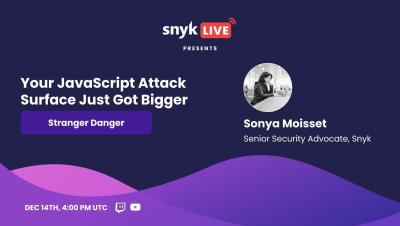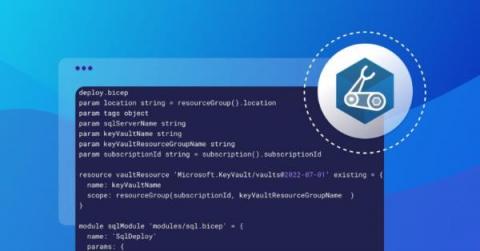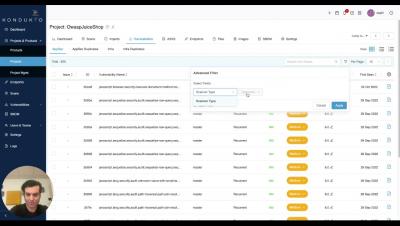Security | Threat Detection | Cyberattacks | DevSecOps | Compliance
Vulnerability
Instilling a Higher Level of Trust: Miles & Stockbridge
Introducing Third-Party Vulnerability Detection
2023 Cybersecurity Predictions
In light of the numerous large-scale cyberattacks witnessed in the last year, 2023 promises to be an exciting time for cybersecurity. Outpost24 experts share their thoughts on what we can expect in the new year, and how to best prepare against new threats.
Azure Bicep security fundamentals
Azure Bicep is getting more popular by the day and is rapidly becoming the replacement for Azure Resource Manager (ARM) templates. In this post, I am going to go over some security fundamentals when using Bicep. If you are not familiar with Bicep then I recommend taking a look at the Microsoft Learn documentation to find out more.
Continued Exploitation and Evolution of ProxyShell Vulnerabilities - The Monitor, Issue 22
In August 2021, threat actors started to exploit ProxyShell vulnerabilities in certain Microsoft Exchange Server versions. Today, not only is Kroll seeing actors continue to leverage ProxyShell in larger network intrusions but also now organizations must also be on guard for the so-called ProxyNotShell vulnerabilities, which surfaced in September 2022.
CrowdStrike Services Helps Organizations Prioritize Patching Vulnerabilities with CrowdStrike Falcon Spotlight
When the CrowdStrike Services team conducts a proactive security engagement, such as a Cybersecurity Maturity Assessment or Tabletop Exercise, it often uses CrowdStrike Falcon® Spotlight to identify what vulnerabilities exist in the environment. Unfortunately, this can be a disheartening experience, as many organizations we see have millions, even tens of millions, of unpatched vulnerabilities. It’s typical to see at least a quarter of those listed with a CVSS rating of Critical.
OpenAI (ChatGPT) Vulnerability Remediation Concept Work
AWS re:Invent 2022: How Neiman Marcus transitioned to developer-first security
At this year’s AWS re:Invent conference, Snyk’s VP of Product Marketing, Ravi Maira, spoke with Omar Peerzada, Cyber Security Architect at Neiman Marcus, about how his team transitioned from older security practices to a developer-first security strategy. Watch the full talk now, or keep reading for the highlights.
SBOMs and the Hunt for Software Supply Chain Vulnerabilities
That’s an excerpt from the fact sheet accompanying the May 2021 Executive Order on Improving the Nation’s Cybersecurity (EO). It refers to one of seven ambitious measures in the EO: shoring up security of that notorious playground for hackers, the software supply chain. Knowing that organizations lack visibility into the components that comprise their connected assets, bad actors can have a field day exploiting vulnerabilities to penetrate networks and take control.











